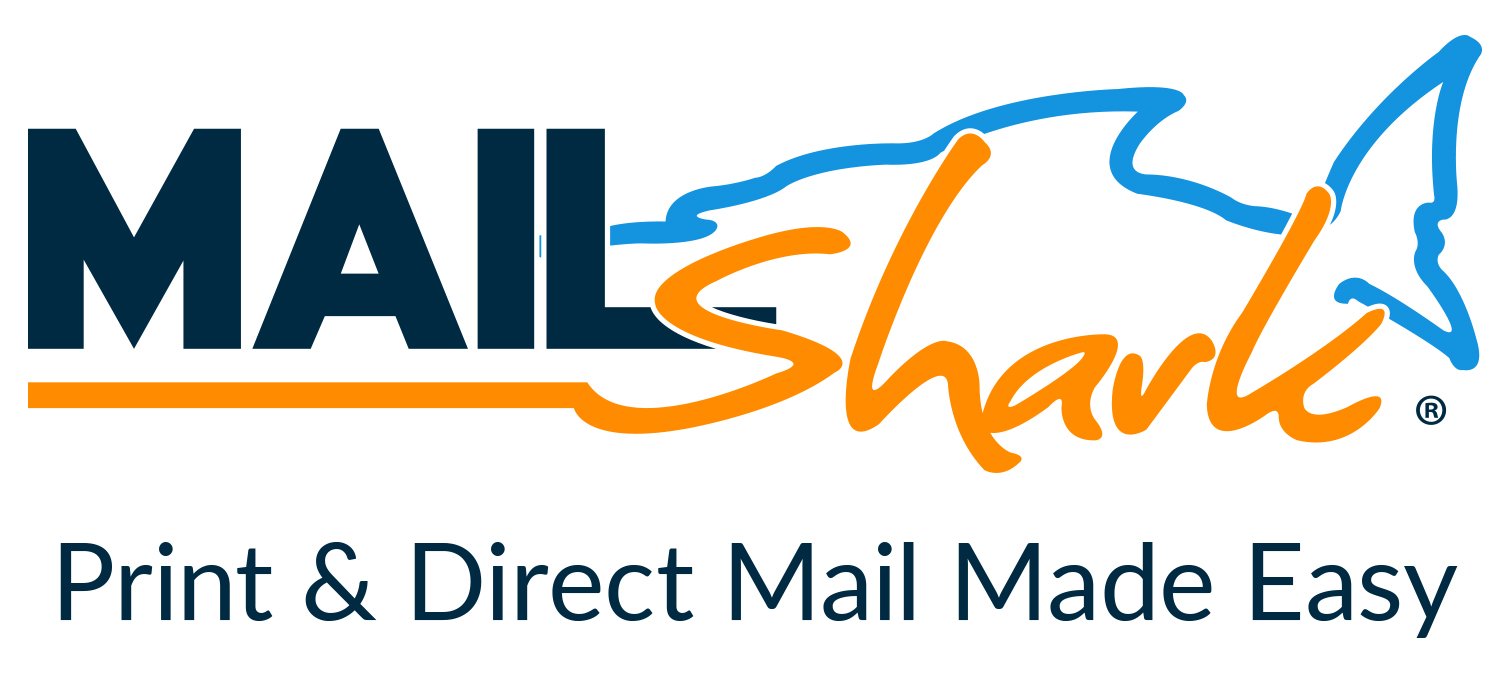Parts markup?
-
Have you checked out Joe's Latest Blog?
-
By Joe Marconi in Joe's Blog5 commentsI recently spoke with a friend of mine who owns a large general repair shop in the Midwest. His father founded the business in 1975. He was telling me that although he’s busy, he’s also very frustrated. When I probed him more about his frustrations, he said that it’s hard to find qualified technicians. My friend employs four technicians and is looking to hire two more. I then asked him, “How long does a technician last working for you.” He looked puzzled and replied, “I never really thought about that, but I can tell that except for one tech, most technicians don’t last working for me longer than a few years.”
Judging from personal experience as a shop owner and from what I know about the auto repair industry, I can tell you that other than a few exceptions, the turnover rate for technicians in our industry is too high. This makes me think, do we have a technician shortage or a retention problem? Have we done the best we can over the decades to provide great pay plans, benefits packages, great work environments, and the right culture to ensure that the techs we have stay with us?
Finding and hiring qualified automotive technicians is not a new phenomenon. This problem has been around for as long as I can remember. While we do need to attract people to our industry and provide the necessary training and mentorship, we also need to focus on retention. Having a revolving door and needing to hire techs every few years or so costs your company money. Big money! And that revolving door may be a sign of an even bigger issue: poor leadership, and poor employee management skills.
Here’s one more thing to consider, for the most part, technicians don’t leave one job to start a new career, they leave one shop as a technician to become a technician at another shop. The reasons why they leave can be debated, but there is one fact that we cannot deny, people don’t quit the company they work for, they usually leave because of the boss or manager they work for.
Put yourselves in the shoes of your employees. Do you have a workplace that communicates, “We appreciate you and want you to stay!”
-
-
Similar Topics
-
Episode 163 - Balancing Business Ownership & Technology With Gregg Rainville & James Harris of SteerBy Changing The Industry
Episode 163 - Balancing Business Ownership & Technology With Gregg Rainville & James Harris of Steer
-
By Joe Marconi
Premium Member Content
This content is hidden to guests, one of the benefits of a paid membership. Please login or register to view this content.
-
By mikezat
Hi! I got a bunch of engine and cabin filters - leftovers from my store. What's the best way to get rid off the inventory? eBay sales are slow and not an option due to the time it takes to list a filter and due to expensive cost of shipping.
Many thanks in advance,
Mike
-
By carmcapriotto
On this Episode of Business by the Numbers, Hunt reflects on his time at the STX conference in Nashville, sharing stories about the connections made and lessons learned from industry experts.
• Economic News Breakdown: We get into the latest economic updates that dropped last Wednesday. Hunt breaks down what these changes in numbers might mean for your wallet and business this year, especially when it comes to interest rates.
• Tax Talk and Government Spending: Hunt explains the proposed wealth tax and what the latest federal budget might mean for us. There’s a lot of talk about balancing the budget without raising taxes too much, and we'll explore what that could look like.
• Capital Gains and Your Money: We take a closer look at potential hikes in capital gains taxes and how these could affect your investments and long-term financial planning.
• Understanding the Numbers: Inflation, GDP... these terms get thrown around a lot. We’ll unpack what they really mean for the economy and for us as workers and business owners.
Thanks to our partners, NAPA TRACS and Promotive
Did you know that NAPA TRACS has onsite training plus six days a week support?
It all starts when a local representative meets with you to learn about your business and how you run it. After all, it's your shop, so it's your choice.
Let us prove to you that Tracs is the single best shop management system in the business. Find NAPA TRACS on the Web at NAPATRACS.com
It’s time to hire a superstar for your business; what a grind you have in front of you. Great news, you don’t have to go it alone. Introducing Promotive, a full-service staffing solution for your shop. Promotive has over 40 years of recruiting and automotive experience. If you need qualified technicians and service advisors and want to offload the heavy lifting, visit www.gopromotive.com.
Paar Melis and Associates – Accountants Specializing in Automotive Repair
Visit us Online: www.paarmelis.com
Email Hunt: [email protected]
Get a copy of my Book: Download Here
Aftermarket Radio Network
Click to go to the Podcast on Remarkable Results Radio

-
By carmcapriotto
Thank you to our friends at RepairPal for providing you this episode. As shop owners we were part of RepairPal’s Certified network and you can learn more at RepairPal.com/shops.
Show Notes
Reasons Google will suspend your GBP Adding Keywords to Your Business Name Using PO boxes or virtual office addresses Using your home address for a service area business - mobile mechanics Making major changes to your information - name, address, phone number Adding Reviews - Talk about RV Masters Recent experience Spam Reviews Two businesses sharing an address - same with phone number A competitor reported you Dandy Review Removal: Negative review removal using AI They had to rebrand from ReviewVio because of all the negative reviews and complaints that they received. They over charge and under deliver. It is a 12 month contract - not monthly Writer’s Hand: WriterHand.com's Review Generator AI employs state-of-the-art natural language processing algorithms to produce high-quality reviews in a matter of seconds. The tool is designed to cater to the needs of both individual writers and businesses seeking to enhance their online presence. By simply inputting a few key details about a product, service, or experience, users can obtain well-crafted reviews that reflect a genuine customer's perspective. Embed Social: Use AI tools to help you collect more reviews, reply to reviews faster and make your reviews widget designs. New AI Optimization services: Boost Ninja: Speak on Accurate Automotive GBP Listing being suspended after adding this company to their listing - Supposed to be a Google Maps ranking system by boosting local rankings by targeting top keywords and AI Optimization to your Google listing Problem is when you talk to client’s who have hired companies like this and ask what they are actually doing - the answer is the same: “I have know idea”
How To Get In Touch
Group - Auto Repair Marketing Mastermind
Website - shopmarketingpros.com
Facebook - facebook.com/shopmarketingpros
Get the Book - shopmarketingpros.com/book
Instagram - @shopmarketingpros
Questions/Ideas - [email protected]
Click to go to the Podcast on Remarkable Results Radio
-
-
-
Our Sponsors





.thumb.jpg.2b345efc275b9df0af2bbb306a10a78a.jpg)









Recommended Posts
Create an account or sign in to comment
You need to be a member in order to leave a comment
Create an account
Sign up for a new account in our community. It's easy!
Register a new accountSign in
Already have an account? Sign in here.
Sign In Now